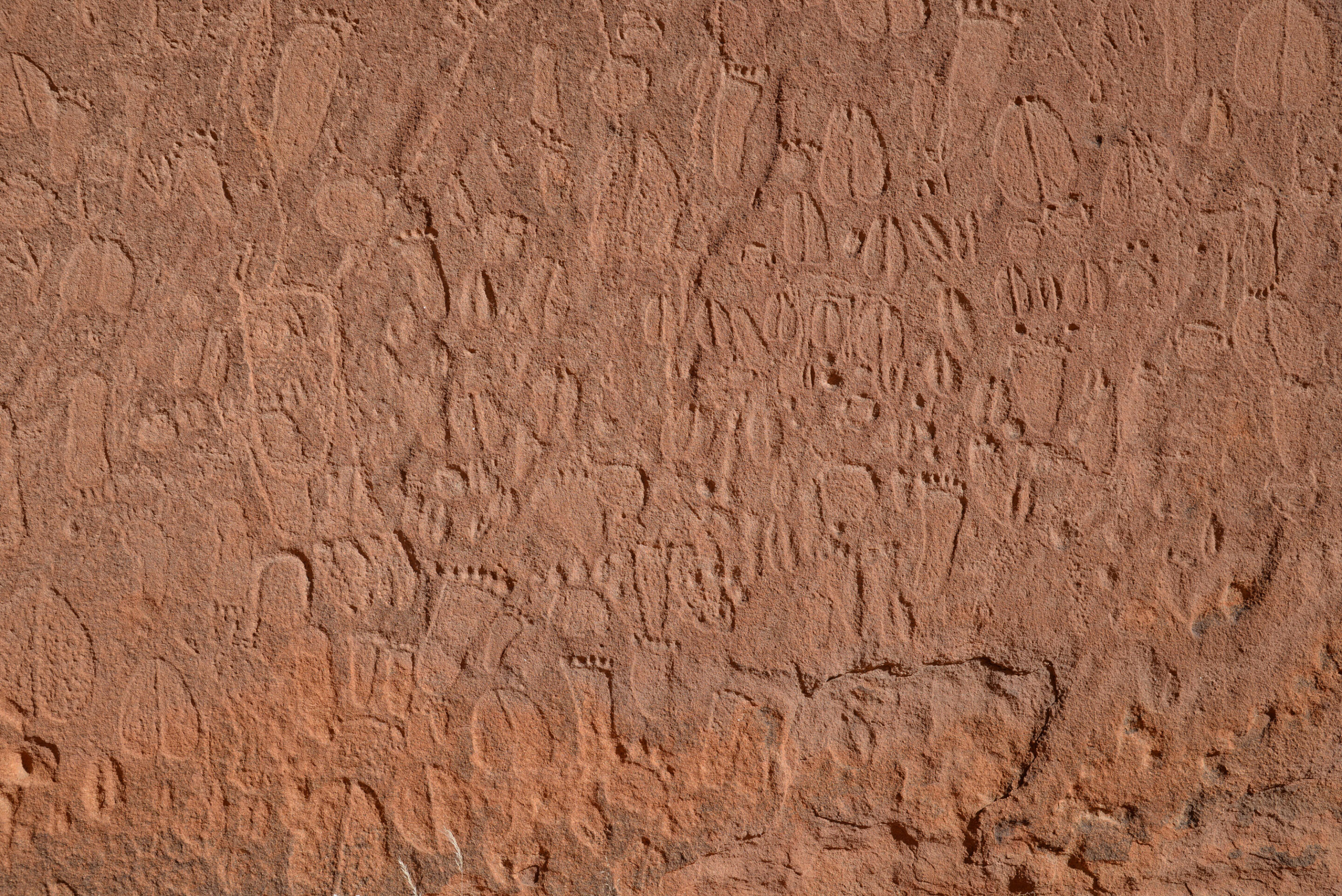The rock art in the Doro Nawas Mountains in central Western Namibia is a valuable record of the Stone Age people who lived in this part of Africa.
The series of animal and human footprints were created by Stone Age artists between 2,000 and 10,000 years ago. The artists used a sharp tool, such as a stone or bone, to peck away at the rock surface to create the footprints.
So far, it received little attention due to researchers’ interpretational limitations.
Recently, greater insights were achieved as archaeologists from Germany’s Friedrich-Alexander University of Erlangen-Nürnberg and the University of Cologne collaborated with indigenous trackers from the Nyae Nyae Conservancy in Namibia to identify the species of animals represented by the footprints.
The team was also able to identify over 90% of the footprints.
The carvings are incredibly detailed and realistic. The artists were able to accurately depict the size, shape, and even the fur patterns of the animals. They also carved the footprints of different species of animals, including elephants, giraffes, lions, and zebras. The team was even able to determine the sex, age group, and which leg was depicted in many cases.
The carvings, believed to be the work of hunters tracking animals, possibly served as aids for identification or communication.







